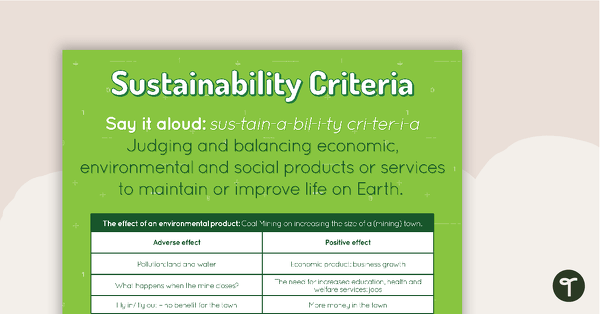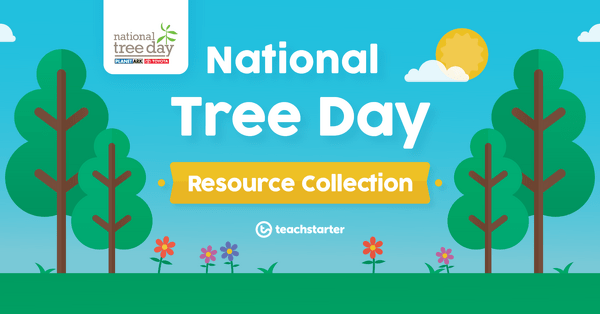Years 5 and 6
Learning in Design and Technologies builds on concepts, skills and processes developed in earlier years, and teachers will revisit, strengthen and extend these as needed.
By the end of Year 6, students will have had the opportunity to create designed solutions at least once in three technologies contexts: engineering principles and systems, food and fibre production and food specialisations; and materials and technologies specialisations. Students should have opportunities to experience designing and producing products, services and environments.
In Years 5 and 6, students critically examine technologies − materials, systems, components, tools and equipment − that are used regularly in the home and in local, national, regional or global communities, with consideration of society, ethics and social and environmental sustainability factors. Students consider why and for whom technologies were developed.
Students engage with ideas beyond the familiar, exploring how design and technologies and the people working in a range of technologies contexts contribute to society. They seek to explore innovation and establish their own design capabilities. Students are given new opportunities for clarifying their thinking, creativity, analysis, problem-solving and decision-making. They explore trends and data to imagine what the future will be like and suggest design decisions that contribute positively to preferred futures.
Using a range of technologies including a variety of graphical representation techniques to communicate, students represent objects and ideas in a variety of forms such as thumbnail sketches, models, drawings, diagrams and storyboards to illustrate the development of designed solutions. They use a range of techniques such as labelling and annotating sequenced sketches and diagrams to illustrate how products function; and recognise and use a range of drawing symbols in context to give meaning and direction.
Students work individually and collaboratively to identify and sequence steps needed for a design task. They negotiate and develop plans to complete design tasks, and follow plans to complete design tasks safely, making adjustments to plans when necessary. Students identify, plan and maintain safety standards and practices when making designed solutions.
(source: www.australiancurriculum.edu.au)
Achievement Standard
By the end of Year 6, students explain how social, ethical, technical and sustainability considerations influence the design of solutions to meet a range of present and future needs. They explain how the features of technologies influence design decisions and how digital systems are connected to form networks.
Students describe a range of needs, opportunities or problems and define them in terms of functional requirements. They collect and validate data from a range of sources to assist in making judgements. Students generate and record design ideas for specified audiences using appropriate technical terms, and graphical and non-graphical representation techniques including algorithms. They plan, design, test, modify and create digital solutions that meet intended purposes including user interfaces and a visual program. Students plan and document processes and resources and safely produce designed solutions for each of the prescribed technologies contexts. They negotiate criteria for success, including sustainability considerations, and use these to judge the suitability of their ideas, solutions and processes. Students use ethical, social and technical protocols when collaborating, and creating and communicating ideas, information and solutions face-to-face and online.
(source: www.australiancurriculum.edu.au)
Achievement Standard
By the end of Year 6, students describe competing considerations in the design of products, services and environments, taking into account sustainability. They describe how design and technologies contribute to meeting present and future needs. Students explain how the features of technologies impact on designed solutions for each of the prescribed technologies contexts.
Students create designed solutions for each of the prescribed technologies contexts suitable for identified needs or opportunities. They suggest criteria for success, including sustainability considerations, and use these to evaluate their ideas and designed solutions. They combine design ideas and communicate these to audiences using graphical representation techniques and technical terms. Students record project plans including production processes. They select and use appropriate technologies and techniques correctly and safely to produce designed solutions.
(source: www.australiancurriculum.edu.au)
- Plus Plan

Sustainability Criteria Poster
A poster showing the definition and an example of sustainability criteria.
- Plus Plan

National Tree Day – The Green Bridge Investigation
A 60 minute lesson in which students will become familiar with Planet Ark Environmental Foundation and the role it plays in helping to reduce the impact of humans on the environment.